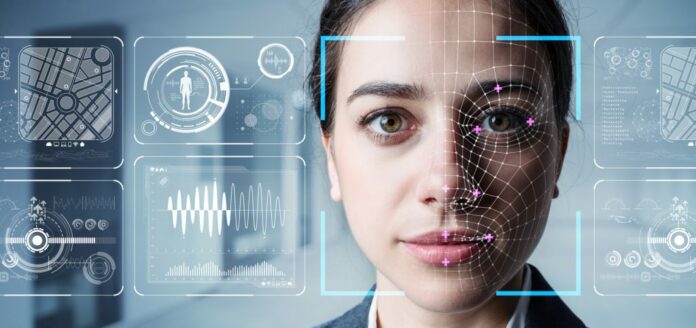In recent years we have seen a quick rise in the use of facial recognition systems. From airports to railways and border control, facial recognition has been widely used everywhere to instantly identify suspicious people to prevent crimes.
Quick technological advances have led to a huge growth of this technology. The technique of learning new technologies is now finding its way into effective care delivery, assisting healthcare organizations to diagnose rare genetic disorders. As most of all medical data are stored in the form of images, face recognition technology visualizes those images to extract data for the correct treatment.
Facial recognition has already become an evolving part of the biometrics market and digital transformation worldwide. Rising investments in this tech are continuously making it mature software across different areas and giving rise to its use cases. Be it making advertising more targeted and smarter or unlocking phones and dodging crimes, the use cases of facial recognition are spreading so fast.
In the healthcare space, medical professionals have been using the face recognition system as assistance. This will help to track patients and others within a facility without the need for a physical tracking device. The system could also help to identify whether a specific person should have access to certain areas or any other restricted locations.
When AI is combined with facial monitoring and eye-tracking it can help us to recognize and diagnose certain diseases that are complex to doctors. These technologies support modern computers to evaluate, sort, and find patterns across huge amounts of data and serve as an extension to a doctor’s experience and knowledge allowing quicker and more precise diagnoses. For example, RightEye, a commercialized eye-tracking solution provider, develops an automated autism test, in that model eye-tracking test recently projected autism spectrum disorder 86% of the time on 400 children.
As the pandemic has affected the normal way of living, AI, and face recognition technologies emerge as the frontline solution. Using face recognition, administrations got the solutions to track down people affected by the disease. This technology is widely being used to control the pandemic by scanning public spaces for people potentially infected to maintain social distancing.

